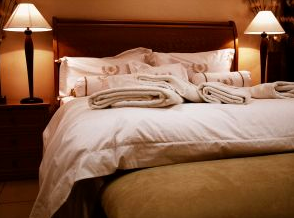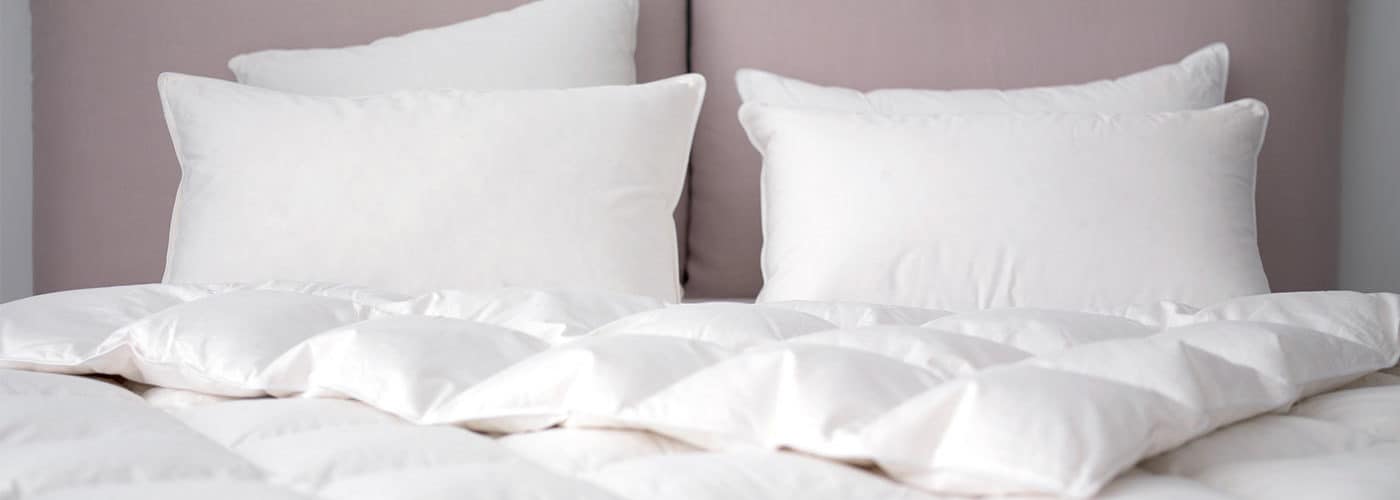
Bed sheets should be changed weekly to reduce exposure to allergens, bed mites, and general grime.
The bed is a sanctuary. When tired and vulnerable, people crawl into their soft, warm beds and pull the covers up around their bodies to create a safe, womb-like cocoon. The bed serves as a retreat for people when they ache, when they are scared, and when they need to be rejuvenated.
However, sleepers stand to lose all these cherished comforts and create a breeding ground for bacteria and irritants when they don’t clean bed sheets once a week.
WHY DO SHEETS NEED TO BE CLEANED SO MUCH?
• During sleep, sweat, body oils, hair and skin cells flake off and nestle in sheets and pillowcases. As much as one-fifth of an ounce of skin residue can accumulate on sheets in just one week. It may not be visible. However, this dander becomes food for microscopic critters like bed bugs.
Washing top sheets, bottom sheets, pillowcases, and bed skirts will remove the food supply and keep the bed sterile.
• Dust mites won’t make a meal of sleepers like blood-sucking bed bugs do; dust mites will instead leave feces and body parts behind as they crawl over beds.
This residue can make people sneeze, sniff, wheeze, and feel miserable. The mites will also aggravate asthma, cause eyes to water, and induce respiratory problems. Waking up scratching and sneezing should be a sign that sheets are too dirty and need to be sanitized. The worst irritation generally happens after two weeks of sheet use. Sleepers can avoid risk by washing every seven days.
WHAT CLEANING METHODS ARE BEST?
Washing machines offer cold and warm water options. These are not suitable for bed sheets, however. Hot water is best.
Most bacteria and microscopic bugs need extreme temperatures to be killed off. Therefore, bed sheets should be washed and dried at temperatures of 140°F or hotter, according to a Cornell University publication. This could pose a problem for delicate linen with silk or embroidery and for cheap linen that falls apart too easily. When buying bed sheets make sure the sheets are comfortable but sturdy enough for frequent washing at intense temperatures. Labels on linens will typically list the optimal temperature.
For those who must have delicate, luxury sheets that cannot be vigorously washed or dried at high temperatures, steam cleaning is an option that will be effective for destroying irritants. The sheets will need to be washed first in warm water at about 77 °F and then steamed with a hand-held steamer after they are dried.
Dry cleaning is an acceptable, although expensive, option.
There are some people who detest drying linen in a machine dryer at high temperatures because the linen gets too wrinkled. Most dryers surpass washing machines, however, in getting linens hot enough to kill bacteria and bugs. Therefore, drying completely is a must even if it means sheets will have to be ironed afterward.
As for detergents, chlorine bleach, ammonia and hydrogen peroxide are most successful in sterilizing sheets. For colored sheets, use laundry soap and non-chlorine bleach. Pre-treat any stains or spots on sheets by directly dipping them into detergent prior to washing.
Finally, even those who are not allergic to dust mites and don’t mind the irritation of bed bugs should still follow a weekly washing regimen to cut down on colds and dangerous bacterial and viral infections. Cold and flu viruses can live on sheets and be transferred from person to person.
SOURCES:
“Bed Bugs are Back,” Cornell University:
“Managing House Dust Mites,” University of Nebraska-Lincoln
<>



